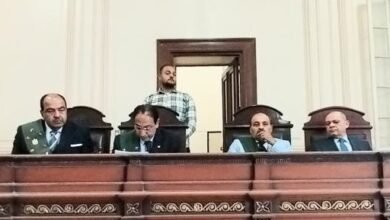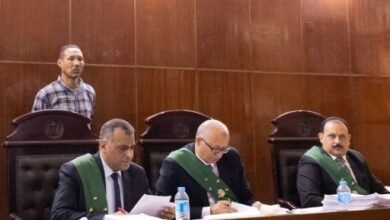Cuba’s crime rate soars, fuelled by gang crime and drugs

Previously, even suggesting that Cuba had a problem with opioids and street gangs – especially to a foreign journalist – could land you in difficulties.
The Cuban authorities have always been fiercely protective of their island’s reputation as crime-free and quick to point out that the its streets are demonstrably safer than those of most cities in the US. Anything that highlights Cuba’s social problems is generally painted as biased criticism of their socialist system or as anti-revolutionary fabrications originating from Miami or Washington.
However, such has been the public perception of a worsening crime rate, a perception shared by many Cubans on social media, that the authorities have openly addressed it on state television.
In August, an edition of nightly talk programme Mesa Redonda – in which Communist Party officials are invited on air to deliver the party line – was titled Cuba Against Drugs.
During the broadcast, Colonel Juan Carlos Poey Guerra, the head of the interior ministry’s anti-drug unit, acknowledged the existence, production and distribution of the new drug, químico, and its impact on Cuba’s youth. He insisted the authorities were tackling the issue.
In another edition, on crime, the government denied the situation was worsening, claiming only 9% of crimes in Cuba were violent and just 3% were murders.
However, critics question the transparency of the government’s statistics and say there’s no independent oversight of the bodies which produce them or the methodologies they use.
Source link



